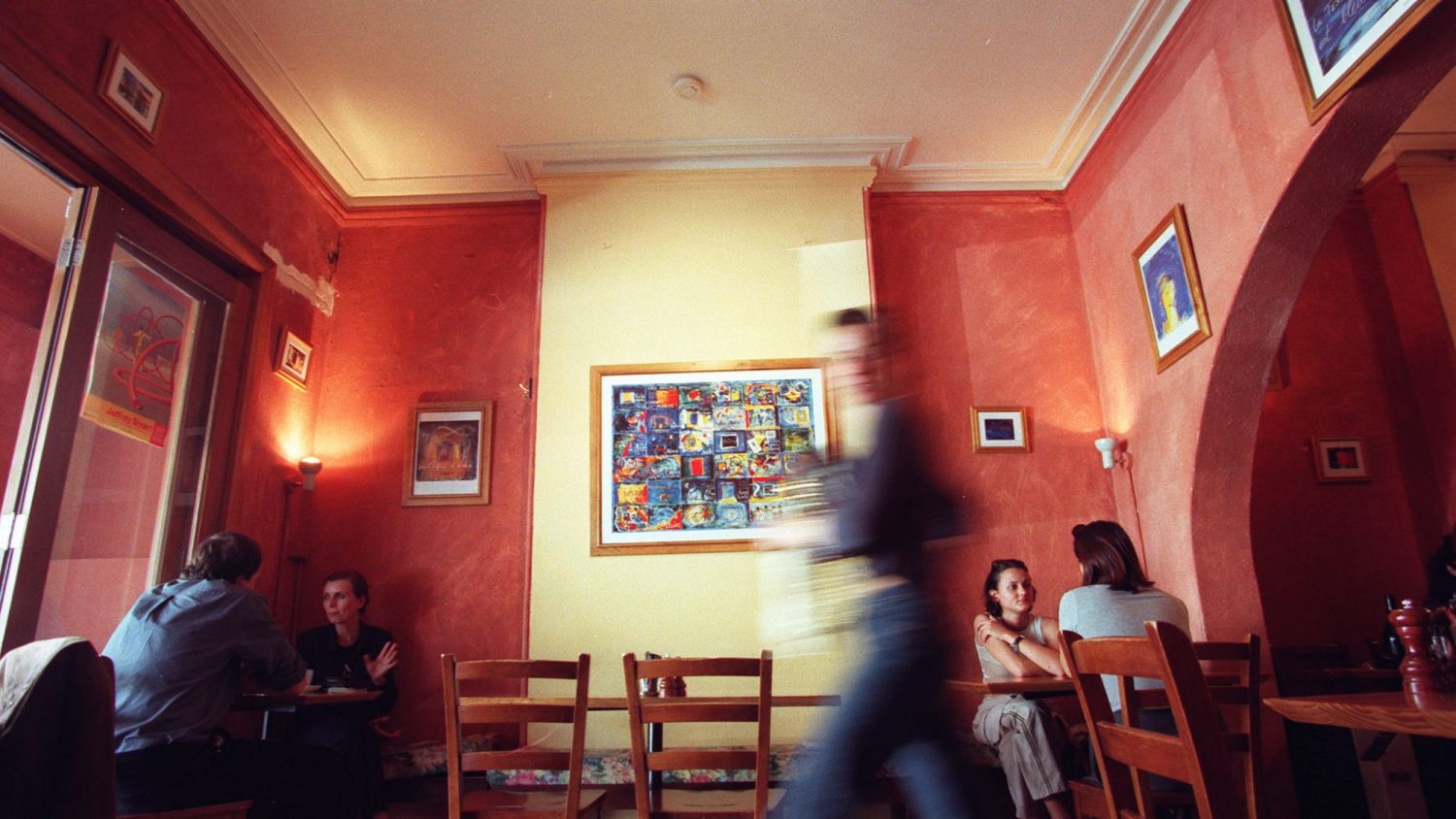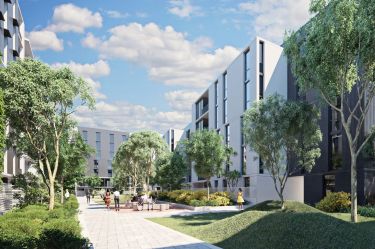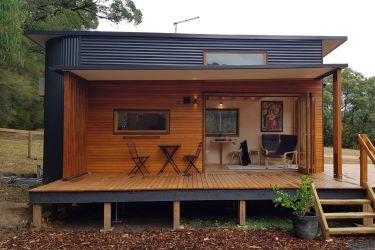
Gentrification of Darlinghurst sees house prices soar, but takes toll on its bohemian character
Darlinghurst has emerged as one of the biggest winners in the Sydney property boom, but the idiosyncratic suburb may be losing some of the colour that once made it attractive to outsiders.
In the past five years, the median house price in the inner-city enclave has jumped a staggering 124 per cent, according to Domain Group data, in comparison with Greater Sydney’s 82.5 per cent median house price growth.
The suburb’s median apartment price also increased by 62 per cent over the same period.
 There are concerns Darlinghurst may be losing some of the colour that once made it attractive to outsiders. Photo: Christopher Pearce
There are concerns Darlinghurst may be losing some of the colour that once made it attractive to outsiders. Photo: Christopher Pearce
Until about the year 2000, Darlinghurst consisted mostly of working-class singles and families plus a large homeless population, and was one of Sydney’s “go-to” areas for prostitution and the on-street drug trade. Property prices were low and many considered the area unsavoury.
But Darlinghurst’s proximity to the CBD and Oxford Street and Kings Cross have long made it ripe for gentrification by young professionals and urbane older couples.
The suburb’s grittiness, Art Deco apartment buildings and the characterful restaurant strip along Victoria Street began to lure waves of gentrifiers about 15 years ago.
 Darlinghurst’s proximity to the CBD and Oxford Street and Kings Cross have long made it ripe for gentrification. Photo: Supplied.
Darlinghurst’s proximity to the CBD and Oxford Street and Kings Cross have long made it ripe for gentrification. Photo: Supplied.
For long-time residents, the change has been dramatic. Alex Shean moved to Darlinghurst from Balmain with his family in the mid-1980s, when he was seven years old, and has lived in the area ever since. He runs the nearby travel agency Shean & Partners with his father.
Shean attended a private school in another part of Sydney and received his share of stigma for living in the notorious area.
“My classmates thought my dad must have been gay and my mum must have been a prostitute,” he says. “Funnily enough, these days, they all want to live here.”
 More young professionals and urbane older couples are buying into the area. Photo: Fiona Morris
More young professionals and urbane older couples are buying into the area. Photo: Fiona Morris
- Related: Darlinghurst cottage sells for $2.75 million
- Related: Sydney house prices jump again
Shean says he loved being in the thick of Darlinghurst as a child. “I never felt threatened,” he says. “The prostitutes on the corner outside our place were all nice people, and we looked out for them. There are homeless guys in Darlinghurst today whom I’ve known all my life.”
About eight years ago, Shean and his wife bought the Darlinghurst apartment that Shean grew up in in with his parents. The large, two-storey apartment has room for the couple and their three children, who now attend the local primary school.
Although he says the suburb has been gentrifying for decades, Shean thinks the changes to Darlinghurst have been particularly dramatic in the past five years. “It’s changed incredibly. I’ve really noticed that at the school, meeting the new parents. There’s a new mentality.”
 French restaurant Sel & Poivre is among the restaurants that have closed their doors. Photo: Sahlan Hayes
French restaurant Sel & Poivre is among the restaurants that have closed their doors. Photo: Sahlan Hayes
Shean says he’s “quite cynical” about the degree to which Darlinghurst has gentrified, although he says the suburb has become considerably more child-friendly. “There’s a playground now at Fitzroy Gardens,” he says. “When I was a kid, all we had was Alien Planet, which was a computer-game hall where you could score heroin or play arcade games.”
The latest data shows Darlinghurst property is continuing to outperform the market as a whole. In the past six months, the median house price has risen 11 per cent and the median apartment price 15 per cent.
“I haven’t experienced a slowdown at all,” says Christian Ziade, an agent at Cobden & Hayson Surry Hills. “We sold a two-bedroom apartment in Darlinghurst a couple of months ago for $1.4 million. That’s the same money as a two-bedroom terrace in Redfern.”
However, Ziade says the tone of the market has mellowed somewhat. “There’s less aggression,” he says, “but the deals are still happening”.
Nick Gill, an agent at BresicWhitney Darlinghurst, says buyers are taking more care. “It all comes down to value,” he says. “There’s certainly more caution from buyers now.”
Shean believes there is still considerable investor activity in Darlinghurst. “An apartment on our floor has sold twice in the past four months,” he says.
But residents and agents say recent changes to the area – including the government’s introduction of inner-city lock-out laws and rising retail rents on Victoria Street and Oxford Street – are beginning to take their toll on Darlinghurst’s bohemian character, which may affect future growth.
“The lock-out laws really killed the place,” says Shean. “If anything, it’s more dangerous now to walk around Darlinghurst at night, because there’s no one around.”
Victoria Street is noticeably quieter this year, Shean says, and there are a significant number of vacant shopfronts. Closures in the past 12 months include French restaurant Sel & Poivre, cocktail bar Henrietta Supper Club and Spanish restaurant El Beso.
Gill says landlords along Victoria Street have increased rents in line with rising residential-property prices, and businesses are struggling to keep up.
“There seems to be a misalignment between what the landlords are charging in rent now and what businesses along Victoria Street can potentially pull in,” he says. “It’s getting harder for businesses to make a buck.”
Despite the changes, Gill says prospective buyers are still infatuated with Darlinghurst. “There’s still a bit of an edge to the place,” he says.







